Subtotal: $45.00
ViteNera Grillo White Wine
$40.00
Citrus nose, lemon lime palate, peach or pear and pineapple, crisp and tart, with some grapefruit peel in the long acidic tail. Lovely dry fruity wine that drinks better after being opened for a little while. Pleasant fruit, friendly wine, company worthy and very enjoyable.
Description
White wine production differs from that of red wine in that the peel is removed from the flesh after crushing. The peel is removed to avoid the transfer of pigments, which are very susceptible to oxidation, thus producing an unpleasant color and flavor to the wine. In the past, white grape varieties were fermented with the peel as in red wine vinification but today only partial fermentation is done with the peel. The harvest and field transport processes are the same as those for red wine production.
However, the crushing technique for white wine production differs by using a pneumatic pressure system. With this system, the pumping of air or nitrogen inside a plastic airtight balloon allows the squeezing of the grape berries against the wall of a cylindrical metal container with a perforated bottom. This causes the berries to release the flesh and the must while leaving the peels almost intact. The squeezing can be carried out with a simple torque using very light force. Afterward, the clear must is moved to the fermentor for fermentation without maceration.
In the fermentor, there is no formation of hat because there is only a small amount of pomace. All fermentation processes today occur without air contact to avoid oxidation at temperatures around or below 20°C. With this kind of vinification, the fermentation is started by adding yeast and nutrient compounds such as nitrogen (ammonia form), yeast ghosts, thiamine, and sulfur dioxide. Clarification and filtration are more or less the same as those of the red vinification. Usually, bentonite is used to clarify the wine. Today, most high-quality white wines are produced by barrique fermentation in which the must is pumped in a new barrique and left to ferment directly in the barrique. Using this method, there are precautions taken when carrying out the bâtonnage, which involves the mixing of the precipitate in the liquid mass during the primary and secondary fermentations and during the storage of the wine.
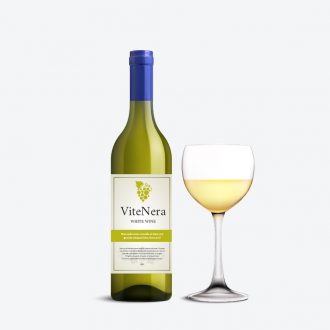 ViteNera Albarino White Wine
ViteNera Albarino White Wine 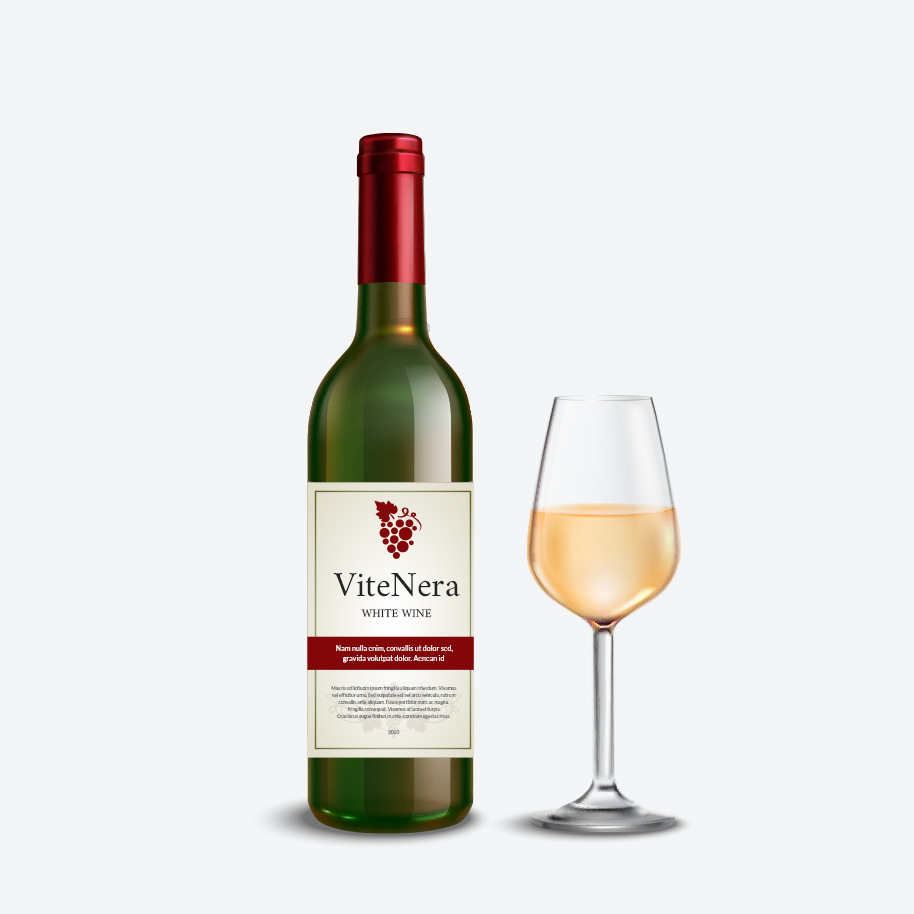
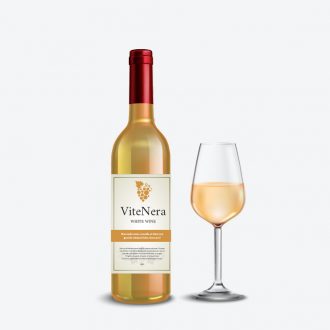
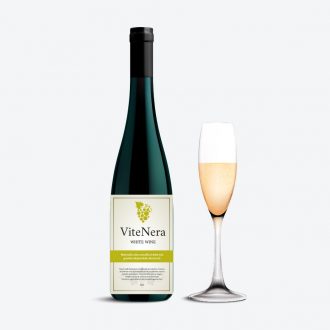
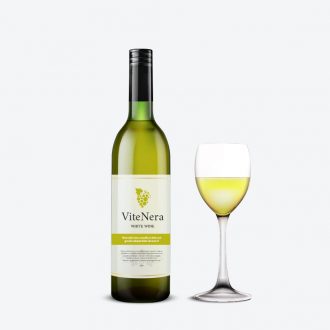
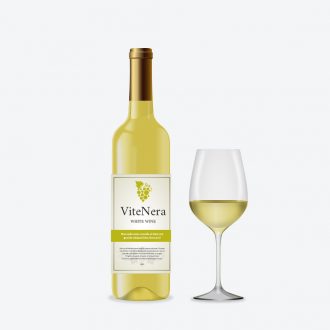
Reviews
There are no reviews yet.